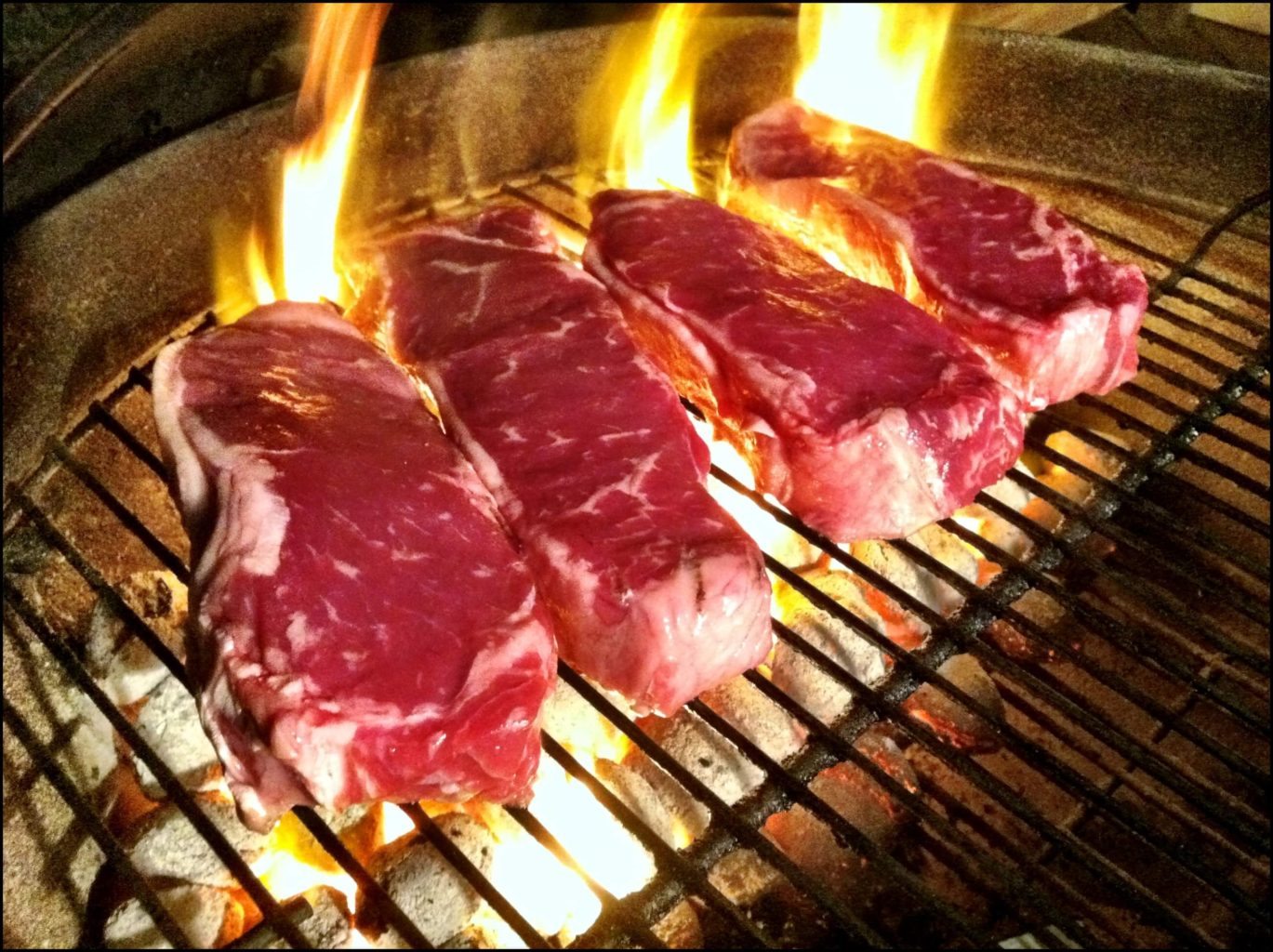Science explained: There’s a lot at steak…
When ordering steak at a restaurant you get a choice of how it’s cooked: rare, medium rare or well done. However, all hamburgers have to be cooked well done in order to be safe to eat – why?
With a steak, all the bacteria is on the outside of the piece of meat, leaving the inside free. So when a steak is cooked rare, the heat effectively kills off the bacteria, and because the inside is ‘clean’ anyway, there’s no risk of food poisoning or infection. However, with a hamburger, as the meat is minced, all the bacteria that was on the outside of the meat is now on the inside too. Simply searing the outside of the patty, while killing the bacteria present there, won’t do anything to tackle the bacteria still present in the middle. Thus the burger has to be cooked properly, at a sufficient temperature, all the way through to ensure that there is no bacteria left.
And if you’re thinking that a little bacteria won’t do you any harm, here’s where you’re wrong. The meat, most often beef, used for making the hamburger could contain any or several of the following major foodborne pathogens: Clostridium perfringens, Escherichia coli, Salmonella spp., Staphylococcus aureus
and Streptococcus spp. Combined, these bacteria can cause gastroenteritis (inflammation of the stomach and intestines), diarrhoea, vomiting, nausea and abdominal cramps, within hours of consumption and can last for several days. The most severe cases, however, can last for several weeks and cause kidney failure (E.Coli) or even be fatal in immunocompromised people, eg the young and elderly (Salmonella). Because the of this, the Food Standards Agency maintains that burgers should be “cooked thoroughly until they are steaming hot throughout, the juices run clear and there is no pink meat left inside”.

Comments